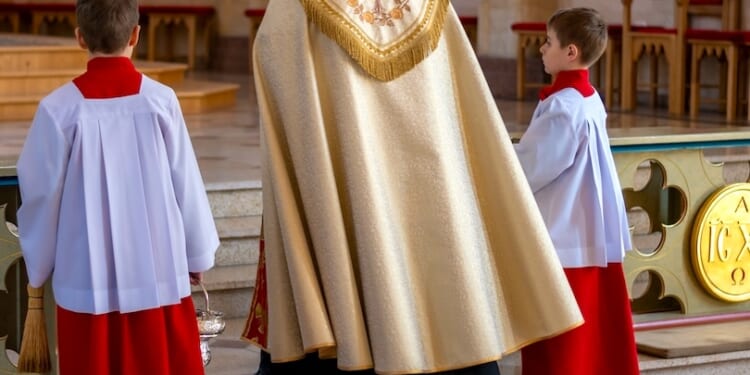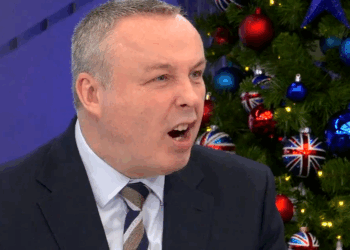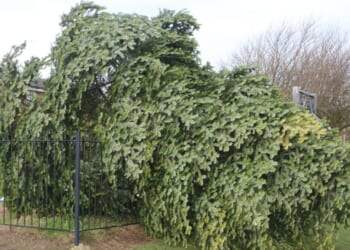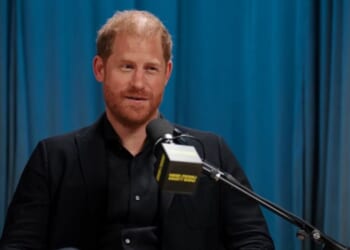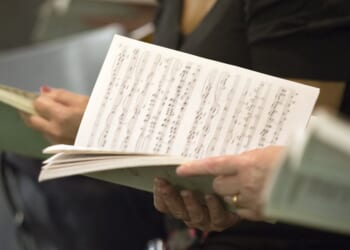(LifeSiteNews) — A recent academic study confirms what many conservative Catholics have said for decades: that traditional liturgical practices have a positive impact on one’s faith, especially belief in the Real Presence of Our Lord.
“Church leaders may be able to promote Real Presence belief by encouraging embodied liturgical practices that convey reverence for the Eucharist,” the paper finds. “The current data support reintroducing reception on the tongue, encouraging consecration bell use, and allowing the celebration of the [Traditional Latin Mass].”
Dr. Natalie Lindemann at William Paterson University in Wayne, New Jersey, published her findings in the Catholic Social Science Review, an academic journal run by the Society of Catholic Social Scientists (SCSS), which was founded in 1992 by Franciscan University political science professor Stephen Krason.
Lindemann’s report comes one year after she published a similar article for the SCSS titled “Parish Practices Predict Belief in the Real Presence: Adoration, Genuflection, and the Traditional Latin Mass.” In that report, she concluded that “Catholics may be more likely to believe in the Real Presence if their parish offers Eucharistic Adoration, if parishioners witness others genuflecting frequently, and if consecration bells are rung during the Mass.”
Lindemann’s updated findings come as Pope Leo indicated in an interview with Crux magazine last week that he is set to meet with Catholics who want him to allow a wider usage of the Traditional Latin Mass.
“Maybe with synodality, we have to sit down and talk about [that],” he told journalist Elise Ann Allen. “Obviously, between the Tridentine Mass and the Vatican II Mass, the Mass of Paul VI, I’m not sure where that’s going to go. It’s obviously very complicated.”
Perhaps sensing that Leo is persuadable on the issue, during an appearance on Raymond Arroyo’s EWTN program last week U.S. Cardinal Raymond Burke expressed strong support for what he called the “Extraordinary Form” of the Mass.
“It’s simply that [laity] love the form of the Mass as we knew it for as many centuries. And they find [it] so spiritually nourishing for them and for their children,” His Eminence remarked.
Cardinal Burke also told Arroyo that he trusts Leo will take an interest in his upcoming Summorum Pontificum pilgrimage, which will culminate with him offering a Latin Mass at the Altar of the Throne of St. Peter in St. Peter’s Basilica.
Lindemann’s survey was based off data collected from 860 U.S. English-speaking Catholic adults. The average age was just over 39 with 48.8% of respondents being male. In her report, she recalled that only 57% of U.S. Catholics believe in the Real Presence, “a rate lower than reported in past decades, suggesting declining belief (Gray and Perl 2008).”
To increase belief in the Real Presence, Lindemann suggested reinstalling altar rails and offering kneelers during Holy Communion at churches. She also encouraged priests instead of lay extraordinary ministers of Holy Communion to administer Communion on the tongue.
“Catholics who commented that one should receive the Eucharist on the tongue had a much stronger belief in the Real Presence” than those who said Catholics should receive Communion in the hand, with a mean of 4.32 belief compared to 2.62 on the five-point scale, the report specified. “There was a trend toward stronger Real Presence belief when people were more positive about the TLM,” it added (M = 3.74 vs. 2.44).
Lindemann provided further data on the differences she found between Catholics who attend the Novus Ordo Mass [NO] instituted in the late 1960s following Vatican II and the Tridentine Rite (TLM).
“Catholics who attend a parish that offers Mass in Latin (versus those who do not) report moderately stronger belief in the Real Presence,” she stated. “This effect is stronger if the participant has ever attended the TLM. It seems likely that a priest who celebrates the NO Mass will incorporate more traditional Eucharistic-focused liturgical practices if he also offers the TLM at other times. Anecdotally, I once observed a NO Mass where parishioners received at an altar rail on the tongue: it was while visiting a parish that offers both the NO and TLM. Thus, even if one does not attend the TLM at their parish (instead attends the NO [Mass]), they may nevertheless participate in the more Eucharistic-focused behaviors prescribed by the TLM, which may account for stronger Real Presence belief.”

